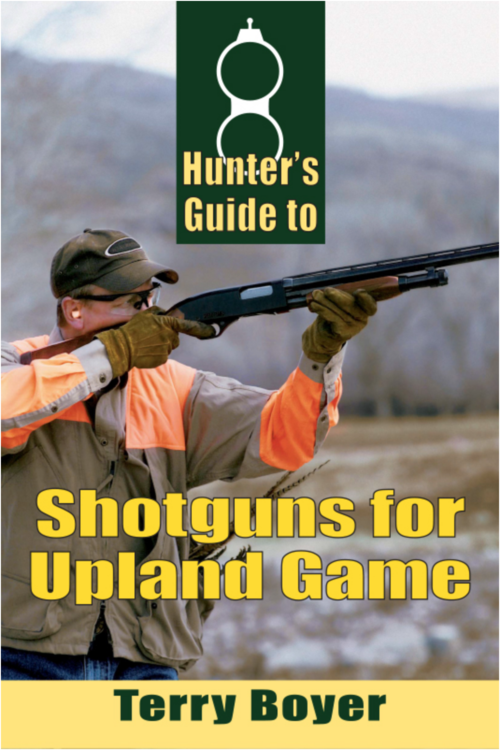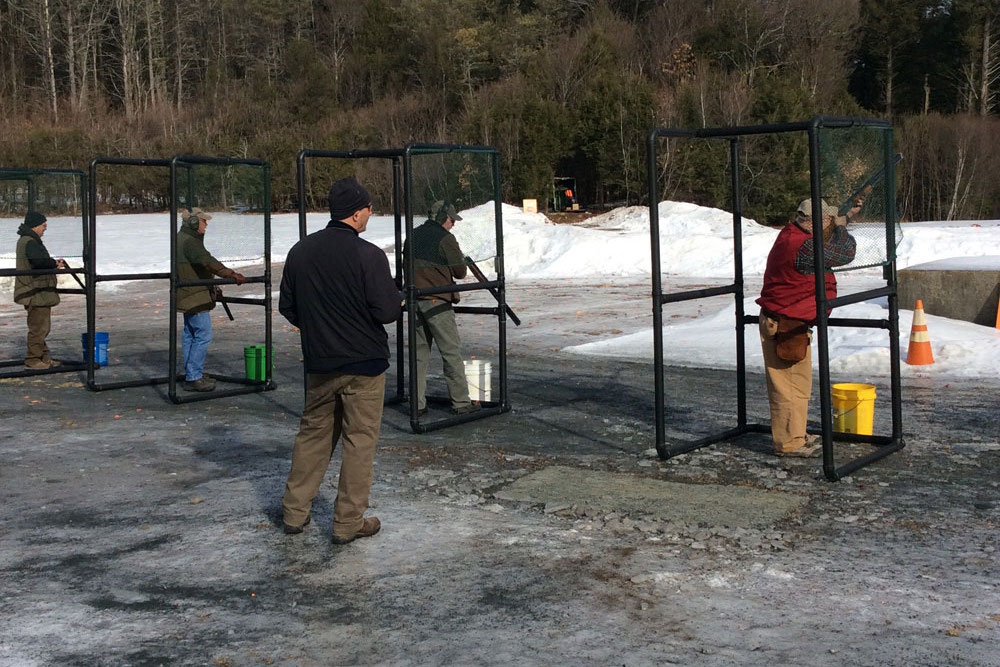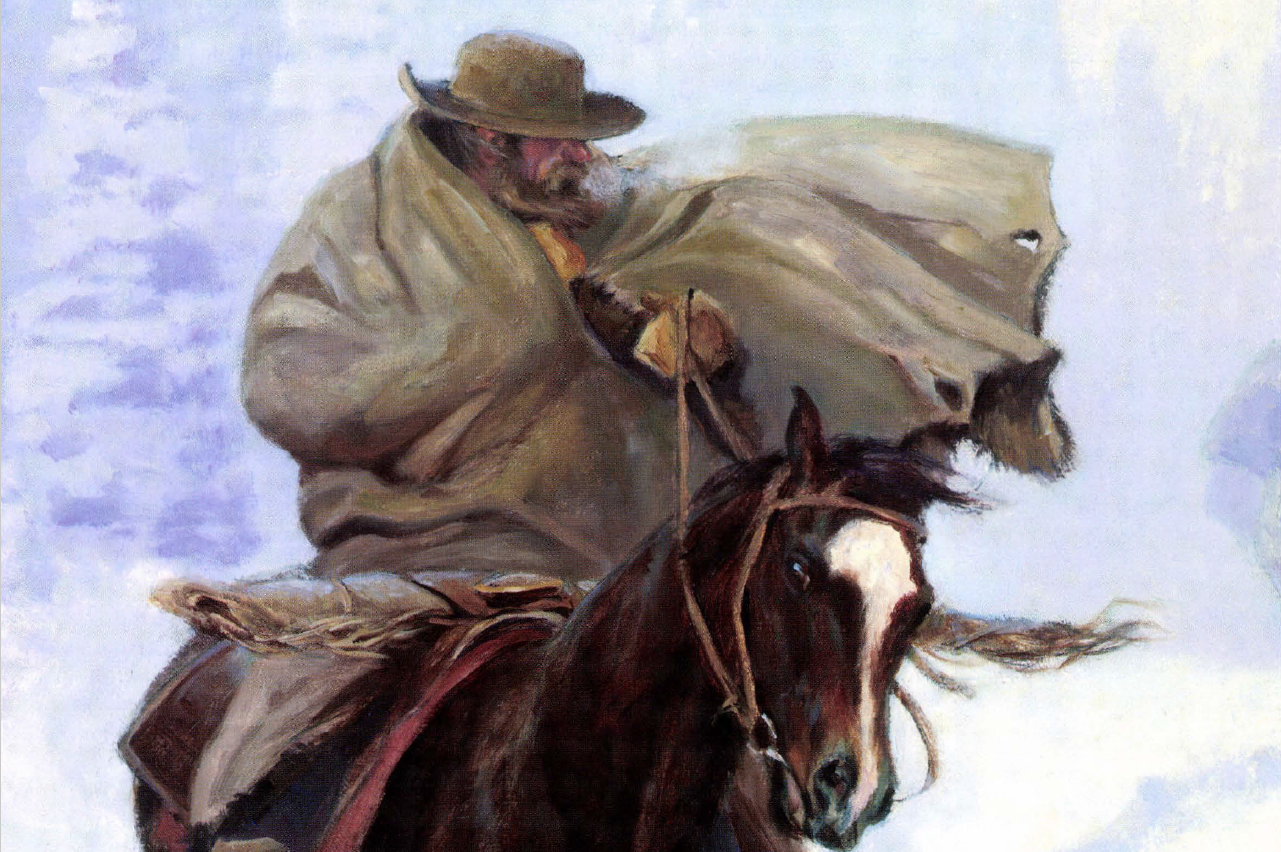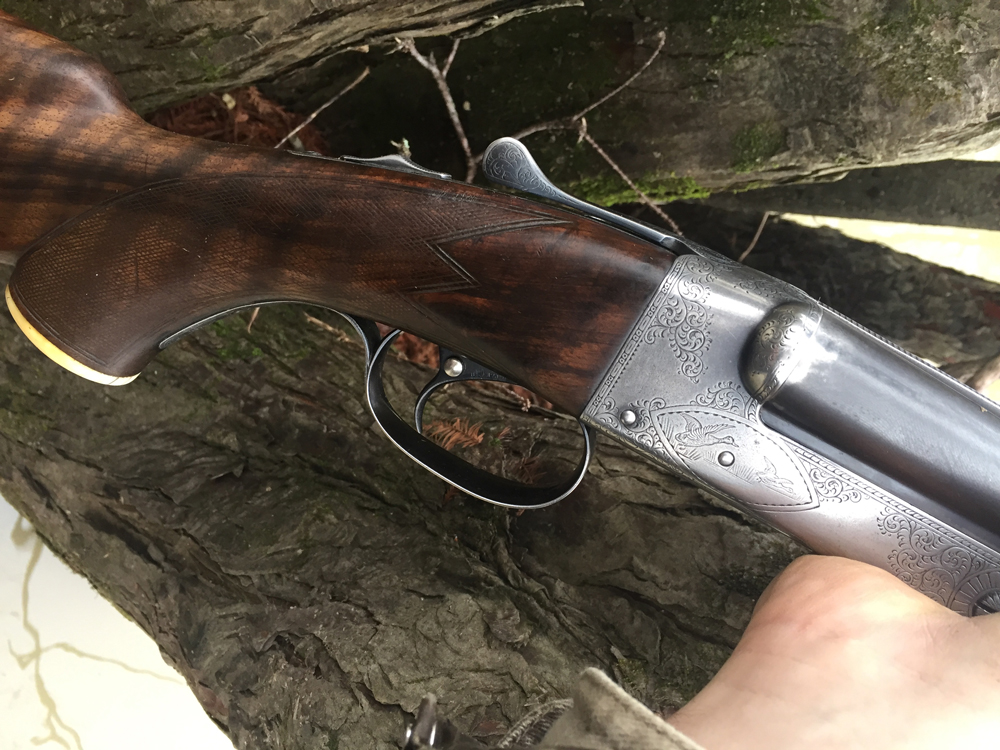Despite the viciousness of New England’s winter, there are occasionally days when trap and skeet shooters can burn some serious powder at the range.
For a clay-pigeon shooter in New Hampshire, January is the cruelest month. It is cold, snowy and icy. Windy, too—a wind that cuts into the shooter, blows snow or ice into his face, and also plays havoc with the clay pigeon. A strong puff sails the clay just about when the finger hits the trigger.
The five-stand/skeet course at Grafton County Fish and Game, where I shoot, had been plowed and graveled many times. At least one thaw had spread water (melted snow) over the course; the water had then turned back into ice. Fine black gravel helped the shooters’ footing, but the wise New Hampshire shooter wears metal on the bottom of his boots—Yaktrax, spikes or the equivalent. That gives everyone a sense of confidence. Even so, we move slowly and cautiously.
The Grafton County five-stand course opens at 11 a.m. on Saturdays, weather permitting. This is New Hampshire, the land of plows, salt, grit, trucks, four-wheel drives, long underwear, pac boots, gloves and warm hats, so it takes a blizzard or zero degree weather to stop the targets from being thrown. We often shoot bundled up at clays dancing in the icy wind, but sometimes, even in the cruelest month, there’s a windless, sunny day. A shooter really burns through ammo then. This was one of those days.
“Bring your beach chairs,” Brian’s email had read. Two people had already set up chairs, and as I drove into the parking lot, I saw them sitting just behind the shooting line, heads tilted toward the sun, enjoying the day—30 degrees and sunny with no wind. In January, at our range, that is “beach weather.”
As I walked carefully, like a penguin picking my way on my Yaktrax through the ice and grit, I watched the orange targets speed across the field. Dan stood behind the line with a handheld electronic “clicker” and, at the shooter’s call, threw a menu of singles, report pairs, and true doubles. The targets were a mixed bag of fast, slow, dropping, banking, climbing, easy, and hard—sometimes downright fiendish.
I was shooting my Mossberg 12-gauge pump; I am going to take it spring snow goose hunting, and I need to get used to it again. I put my gun in a rack, walked over to the table behind the shooters, and signed up for the next round. As I waited, I studied the targets and the way the pairs were presented. I began to plan my shots. I’ve seen snows fly just like those targets, so this made for good preparation. Ideally, that is what five-stand does—gets you ready for the real thing.
Dave was shooting a report pair. The seven bird flew from his right, curving high and dropping. As it dropped, it slid to one side and presented a full-face shot, Dave firing his 28-gauge Browning at just the right moment. The pieces of broken bird settled and another clay streaked out of the left tower. A fast movement of Dave’s gun, a report, and a cloud of fragments in the air signaled a successful shot. Dave made it look simple. I smiled in admiration at the elegance of the move.
Jerry was up next, shooting a Winchester Model 21. I knew that gun; I’ve handled the beautiful wood and admired the balance before as I’ve thrown the 20 gauge to my shoulder. Another report pair, a fast left-to-right followed by a slowly dropping straightaway. Jerry smoked the fast bird and, almost fooled, chipped the second. Dead pair!
Bruce was in the five-hole and had two long shots. He was shooting a .410 and, if successful, would have “stretched the barrels.” The first bird broke, but the second sailed off into a snowbank and landed in one piece. Bruce shrugged. He was happy getting even one bird out of that tough pair.
True pairs next. Bits and pieces. Smoked targets and chipped ones. Misses behind, over, and to the left. Dead pairs. Smiles, grins and grimaces. Heads shaking, heads nodding. Murmurs from the onlookers, muttering from the shooters. Dan smiled and called the menu. The shooters swung their guns and touched the triggers—red clay dust in the air and the lingering smell of gunpowder.
It was a mild day in the cruelest month.
 Hunter’s Guide to Shotguns for Upland Game is a valuable reference that educates hunters about how to find the perfect shotgun to match their needs. The book takes a pragmatic approach for the average hunter looking to get the most bang for his buck and shows that hunters don’t have to break the bank to buy a versatile shotgun.
Hunter’s Guide to Shotguns for Upland Game is a valuable reference that educates hunters about how to find the perfect shotgun to match their needs. The book takes a pragmatic approach for the average hunter looking to get the most bang for his buck and shows that hunters don’t have to break the bank to buy a versatile shotgun.
It discusses the best guns for various species of upland game and examines the all-important criteria for choosing a shotgun: the hunter’s physique, preferred action type and gauge, gun features, price range, whether or not he’s hunting with dogs, and other possible uses for the gun such as deer hunting or clay target games.
Profiles of major manufacturers and models showcase a wide variety of shotguns to give readers a good idea of the relative strengths and weaknesses of available products. Once a hunter has selected a shotgun, he will discover how to use custom loads and make modifications to personalize his gun and improve its performance. Buy Now




